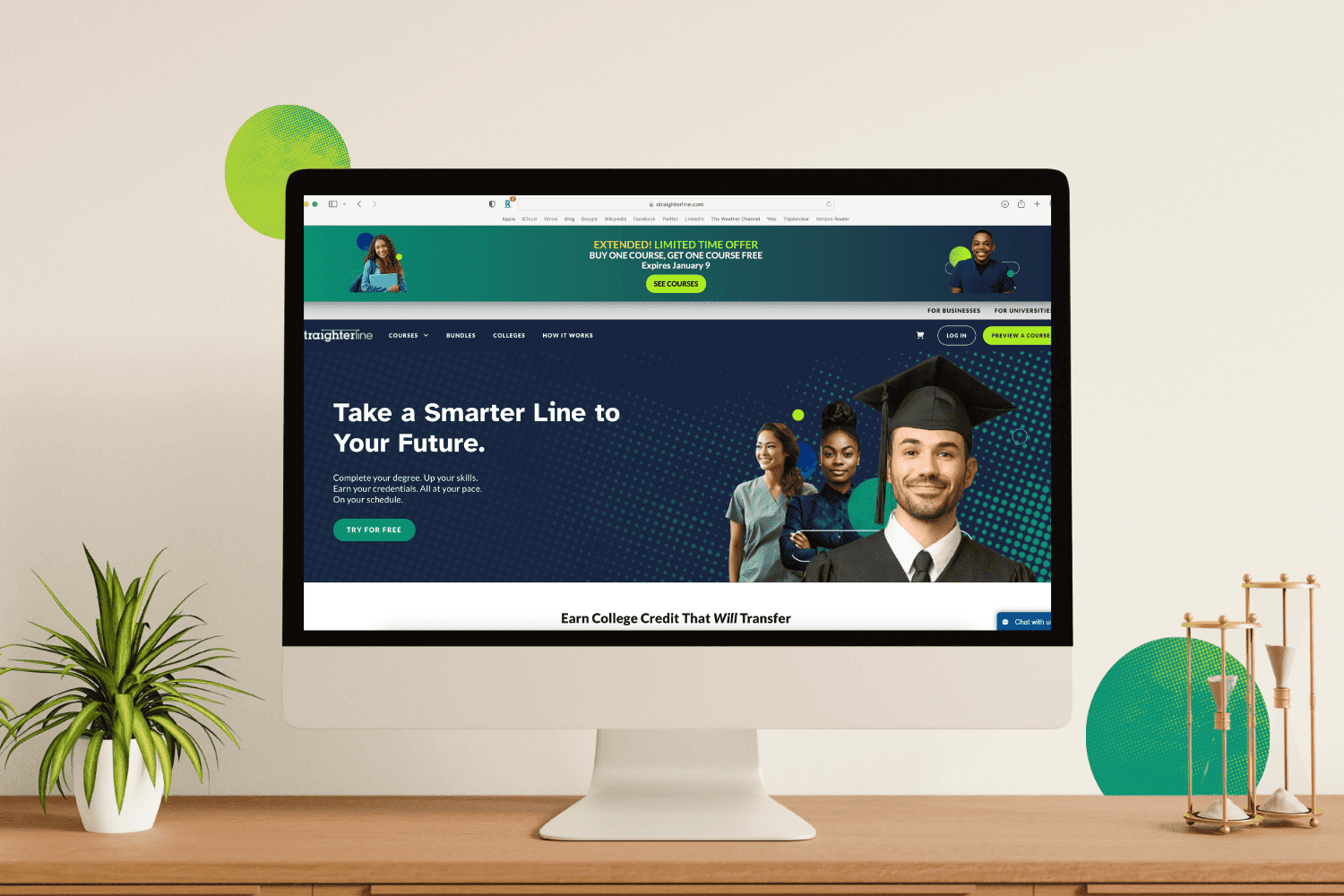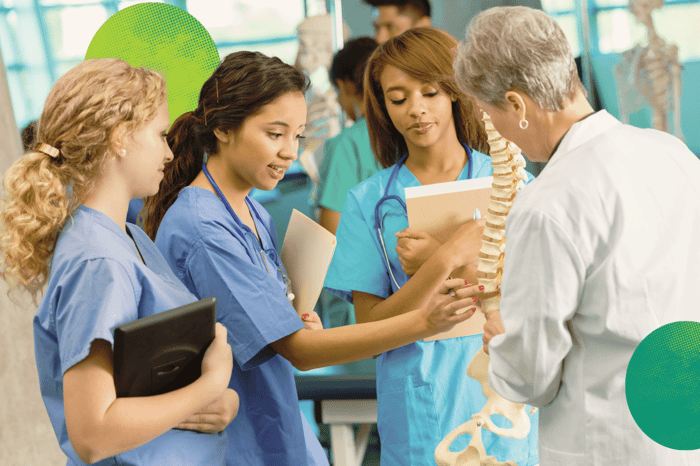First aid and CPR are two life-saving techniques that anyone can learn. Once you know these techniques, you can apply them in the event of a real-life emergency that requires immediate action. How can you get started with CPR and first aid training? Keep reading!
What Are CPR & First Aid?
Cardiopulmonary Resuscitation, commonly known as CPR, is a critical life-saving technique employed in emergencies to revive an individual whose heart has stopped beating. The method involves performing chest compressions and rescue breaths to restore blood circulation and oxygen to vital organs, increasing the chances of survival until advanced medical help arrives. First aid is the initial assistance given to someone who has been injured or is in distress. Basic first aid skills include recognizing and responding to various emergencies, such as bleeding, broken bones, shock, and heat exhaustion. Knowing how to provide proper first aid can help an individual prevent further injury and even death. Common first aid skills include using direct pressure or a tourniquet to stop bleeding, applying ice packs for sprains and strains, splinting broken bones, providing CPR, and using an automated external defibrillator (AED) in life-threatening situations.
Why Is It Important to Have CPR & First Aid Training?
CPR and first aid training can mean the difference between life and death in an emergency situation. Being trained in these skills can also help you feel more confident and prepared to handle unexpected situations. You don’t need to devote years to medical school to be helpful in emergencies.
1. CPR Saves Lives
Effective CPR can be a life-saving measure that can be performed while waiting for emergency services to arrive. Those precious minutes can mean the difference between life and death for someone who’s experienced a cardiac arrest or is choking. According to the American Red Cross, performing CPR on someone who has experienced an Out of Hospital Cardiac Arrest (OHCA) can double or even triple the patient’s chance of survival.
2. Anyone Can Learn CPR
Anyone can learn CPR and first aid regardless of age, occupation, or fitness level. CPR is taught by specially licensed professionals (see below in “How Do You Become a CPR and First Aid Instructor?”) at community centers, schools, places of worship, hospitals, and other public spaces. Classes usually last about 2 hours and focus on adult CPR, pediatric CPR, how to use an Automatic External Defibrillator (AED), or all of the above. Some classes may have a minimum age to enroll based on state or city requirements, but for the most part, CPR courses are open to anyone and everyone.
3. Emergencies Can Happen Anywhere
Having the necessary training in CPR and first aid can significantly impact how effectively you respond to an emergency. Whether at home, at work, or in public, being equipped with the knowledge and skills to perform life-saving techniques can provide a sense of confidence and reassurance for yourself and others. You'll be able to assess the situation quickly, administer appropriate care, and potentially provide life-saving assistance for someone in need.
4. CPR and First Aid Training Are a Prerequisite for Certain Careers
Many careers that involve caring for others such as children or the elderly will generally require you to earn CPR and first aid certifications. These vital skills ensure they are well-prepared to calmly handle emergencies and provide immediate assistance when needed. At StraighterLine, we equip individuals with the necessary knowledge and expertise to begin a healthcare career path in several roles, including nursing or home healthcare.
What's Covered in First Aid & CPR Training?
First aid and CPR training usually covers topics such as:
- Recognizing and responding to emergencies
- Performing CPR on adults, children, and infants
- Relieving choking
- Controlling bleeding
- Managing shock
StraighterLine’s online First Aid & CPR course from the Red Cross provides learners with essential skills to recognize and address over a dozen types of emergencies, including:
- Rescuing victims in cases of fires, hazardous material spills, and vehicle crashes
- Detecting a possible heart attack, stroke, or angina
- Dressing and bandaging wounds
- Performing First Aid for swallowed, inhaled, and contact poisons
How to Become First Aid & CPR Certified
Online and in-person classes are available to certify you in First Aid and CPR through organizations like the Red Cross or the American Heart Association. Online classes can provide convenient, accessible, and flexible learning options. Wherever you take your class, make sure it’s with a reputable organization that provides certification upon completion. Some classes are offered both online and in-person, and you must complete both sections to earn certification. Classes usually include instructions and demonstrations and, if you take a class in-person, you’ll have the opportunity to practice what you’ve learned on a dummy.
How Do You Become a CPR and First Aid Instructor?
If you’re interested in teaching first aid and CPR, you must first become certified in performing and providing CPR and first aid. Once you have successfully completed your CPR or first aid course to become a provider of those services, you can enroll in an instructor course to learn how to teach others. These courses are typically offered by organizations such as the American Red Cross or the American Heart Association. They’re designed to ensure that you are well-prepared, knowledgeable, and capable of teaching life-saving techniques accurately and confidently. Upon successfully completing the instructor course, you will be recognized as an approved CPR and first aid instructor so that you can educate and empower others in life-saving skills.
Get Started with StraighterLine
StraighterLine offers a Red Cross First Aid and CPR course that provides certification upon completion. All of our classes include etextbooks and 24/7 tutoring support so you can feel confident in your success. With partnerships at over 160 schools, StraighterLine can get you started on the path to your dream career in medicine and healthcare. Get in touch with us today to learn more about our course and membership options!












